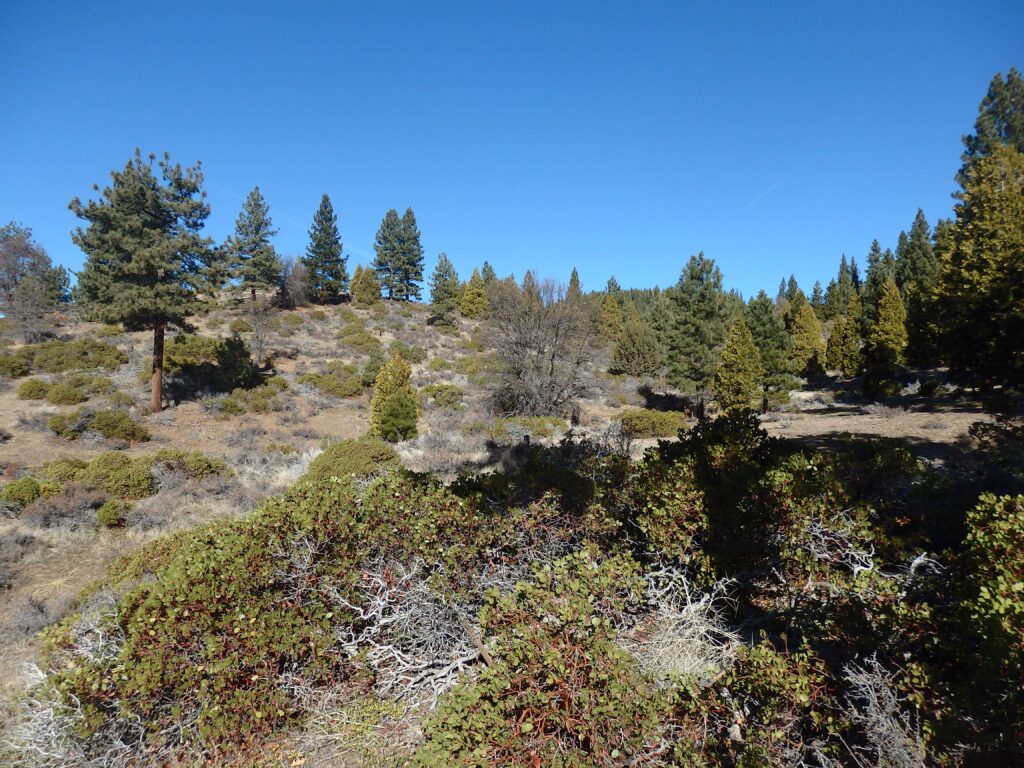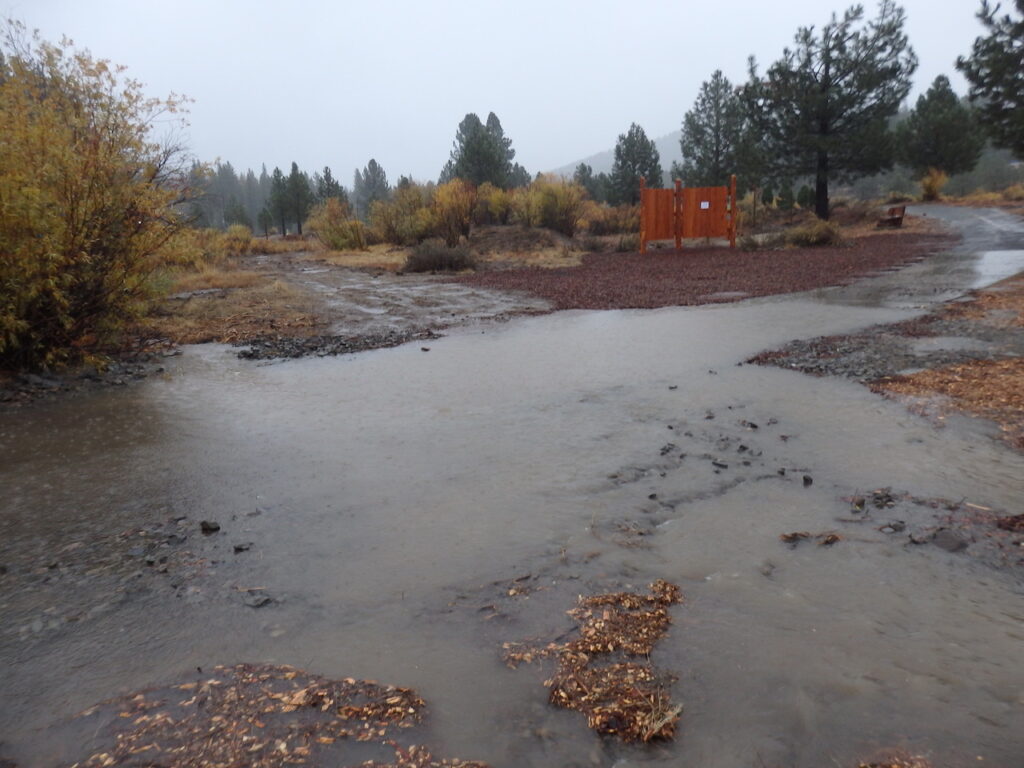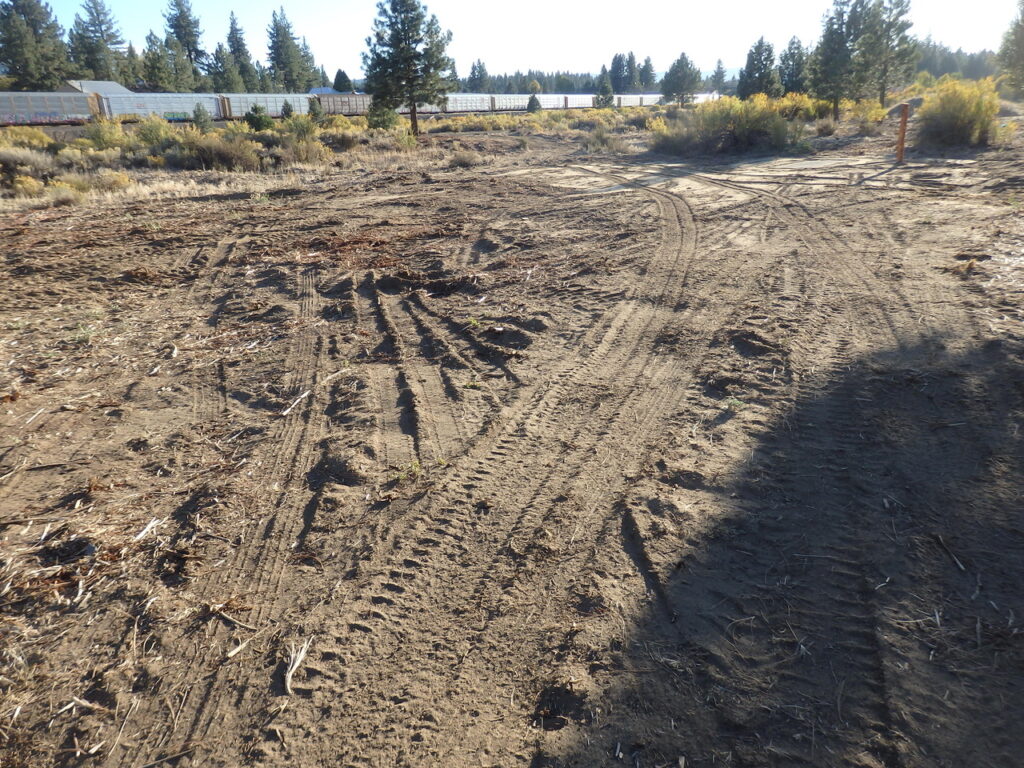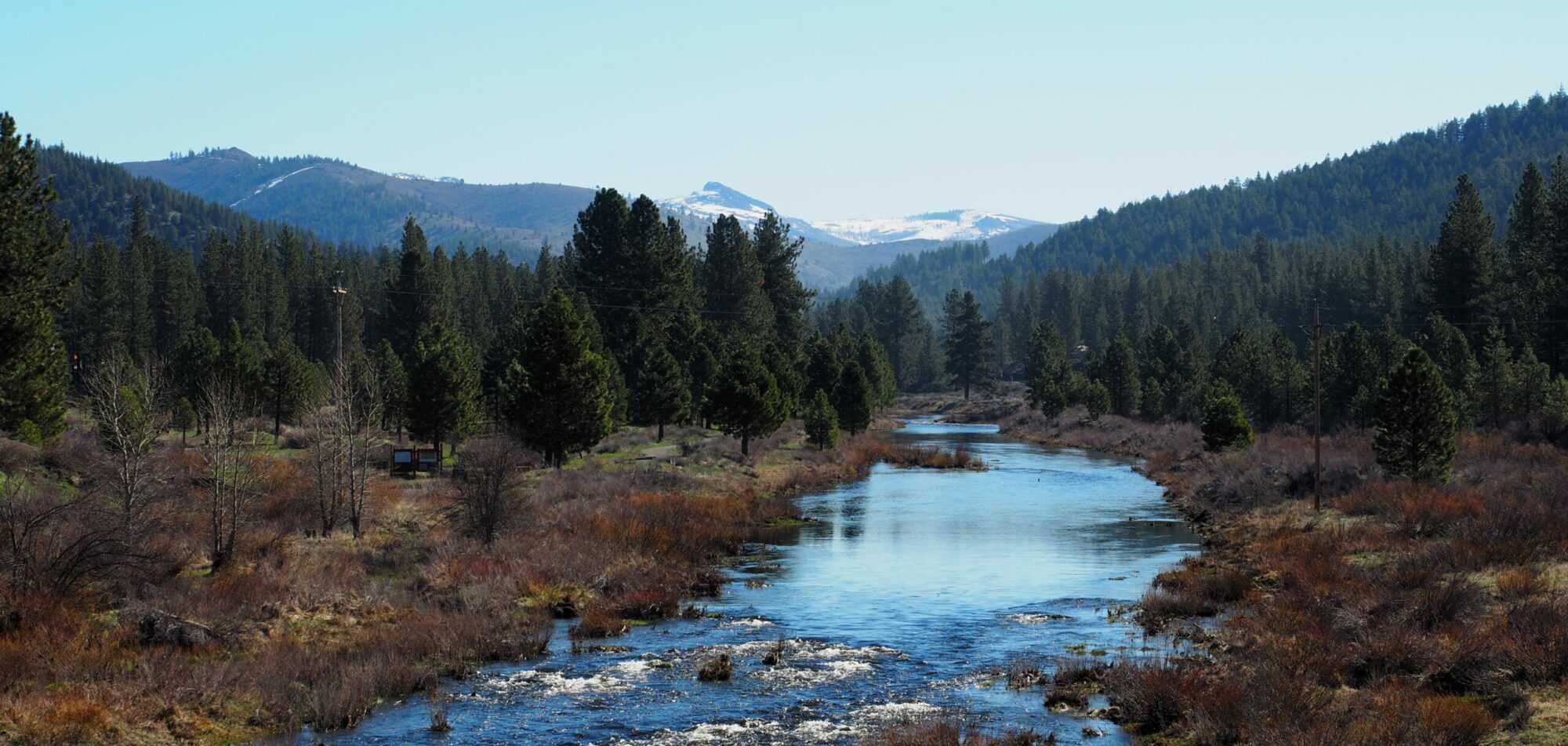

Last week I wrote to Linda and Ray of Plumas Sierra Partners, the folks who bought the land that Hat Creek Construction wanted to build a sand mine on last year. They are planning on “fuels reduction” on their land, and I thought it would be a good time to weigh in on this. Comments welcome below or feel free to weigh in directly with Plumas Sierra Partners by e-mailing them.
Dear Linda & Ray,
Hope you are well and enjoying the autumn. Someone forwarded me your update on the land NE of Portola that you (thankfully) bought to prevent the horrid sand mine on this spectacular ecological jewel of a place. Thank you again so much for providing the carrot and an “out” for Hat Creek. Your land is regionally important and loved by many of us. I am cc’ing our group Feather River Action! on this e-mail as others may want to weigh in also.
There is no doubt that the Dixie fire was terrifying for all of us in this community, and that people understandably want to do something to reduce the risk to persons and property, and to protect our forest. However, I want to encourage you and Ray to proceed extremely cautiously with the fire clearing. There have recently been local efforts at fire risk reduction that have been catastrophic for the ecology, and that many now regret. Examples are the Riverwalk and the area of forest west of Portola along the right hand side of A-15 coming out of town. I would hate to see that happen to your land.
Go and take a close look, and compare this to the health of untouched areas of forest. Large, heavy equipment has compressed the soil, destroyed animal burrows and shrubs, and hacked away at vegetation. As a result there was pretty heavy erosion and muddy runoff at the riverwalk during the last storms. (see below). The area of the forest west of Portola was cleared by “buncher fellers” about a year ago (which the city of Portola has now pledged to not use again). This has created a “lollipop forest” with no ground cover, very few shrubs, and compacted and damaged soil where trees do not grow old and absorb the carbon we desperately need them to. Animals have a harder time finding food and habitat in these areas, and so move on to other areas. Their digging, excrement compost, and seed distribution services are withdrawn from these empty landscapes which are at risk from erosion and even desertification. Of course a forest is so much more than just the trees, but unfortunately forest policy often seems blind to this. There is a pun in here somewhere…;)
Healthy soil needs oxygen and plenty of mulch cover to maintain healthy soil organisms (there are millions of bacteria in one teaspoon of soil as you probably know). Healthy forests depend on healthy soil organisms for nutrient uptake etc. and if forests become unhealthy from being abused they are more likely to dry out and become a fire risk. Factors like greater wind and sunlight penetrating through thinned forests are also a factor to consider. I urge you not to trust mainstream fire officials with clearing, at least without close oversight and written requirements. It could devastate the ecology of the land, devalue the property for the uses you are seeking, and even add to fire risk.
Some of the key requirements that we recommend you consider include:
– prohibition of motorized vehicles off existing main dirt roads
– prohibition of intensive activities in areas of critical habitat
– key guidelines of what size trees will be taken and how they will be removed (human and horses obv. have lower impact than vehicles)
– protection of living shrubs
– protection of stream courses and wetlands
– allowing habitat damaged by past activities to recover
– non-disturbance of mulch
– consideration of low-level non-intensive burning in certain areas in place of logging
– recognition that some density is critical for habitat
The truth is that with a severe wildfire, it won’t matter much to nearby dwellings what is done on the land as most home ignitions are caused by flying embers, which can come from miles away. Efforts and resources should be directed toward home hardening and direct defensible space around dwellings.
We also have land that has not been “maintained” for years. We have been busy collecting dead brush, removing some small trees, etc. but overall we are respecting the land, not allowing motorized vehicles, and treating the land as a garden, with every plant and animal respected to the extent we are able to.
I am not an expert, but I urge you to speak to people with different perspectives on management before committing to a course of action. We can help provide connections to examples of landscapes which have successfully enriched the ecology and reduced fire risk, ie. the Yurok Tribe in the Klamath Mountains who have been using fire to restore habitats and landscapes while reducing fire risk. It is not a matter of sacrificing the ecology to protect from fire— it is about taking care of the ecology so fire won’t be as much of a threat. As I said to the city of Portola when I saw the destruction at the riverwalk, “the forest is not the enemy”— instead she is our friend, to help absorb our excess carbon, store moisture in dry seasons, and provide shade, food and habitat for all of us. But not if we continually attack her with heavy equipment.
I like the idea of the land becoming an outdoor eco-preserve and learning opportunity for the Eastern Sierra. The Audubon Canyon Ranch near Stinson Beach provides a possible model. They have a bunch of outdoor picnic tables and often host school groups, and even overnight bunkhouses to provide a longer stay including to low income inner city youth who often have their first taste of a pristine environment at the ranch. I was an outdoor guide here for a couple of years when I lived in Bolinas.
Chad Hanson’s book Smokescreen also provides an alternate perspective from mainstream forest thinning practice. He gives a good presentation based on his book here:
I am personally still mulling over this issue, and reviewing the evidence and different perspectives from people who think thinning is always bad, to those who think we should mow down miles of forest around a community to keep it safe. A lot of the problems come from having machines in the forest instead of human hands, and an over literal interpretation of “ladder fuels” to include everything growing on the ground! If you respect the plants and animals on the land, as you have been doing with the clean up efforts etc. (but as few previous owners have) I don’t think you’ll go wrong.
I think you and Ray probably have very good instincts about this, and you have probably spent a good amount of time on this land and got to know the changes over the seasons. I urge you to listen to your instincts and not defer to the “experts” who have caused so much heavy equipment damage elsewhere, without really addressing the fire issue. It would be a real shame if this approach was copied on your land, and you (and others) had regrets. Your land could be a model and example for others to follow about how to reduce fire risk and enhance the ecology, but this will certainly not happen on its own if you allow public agencies to take the lead.
I welcome a dialogue about this and offer myself as a resource – I have experience in ecology, organizing, outdoor / bicycle education, fundraising and transport / trail planning. Could you please add me to your list so I can keep up to date with what is going on with your project?
Thanks so much for your time and consideration.
Josh

